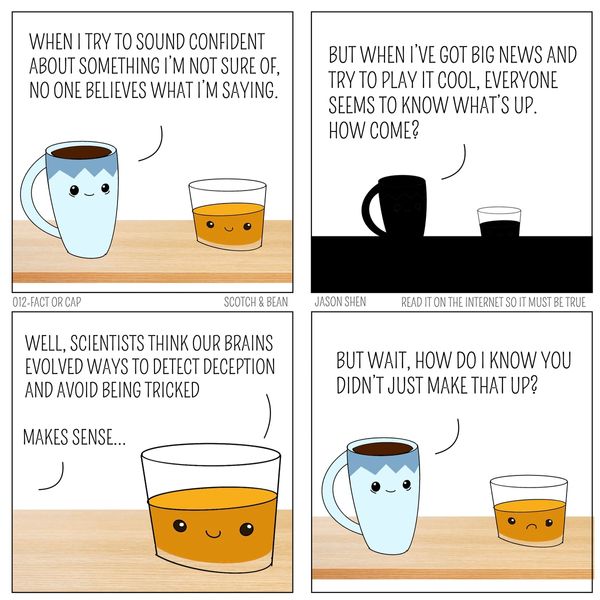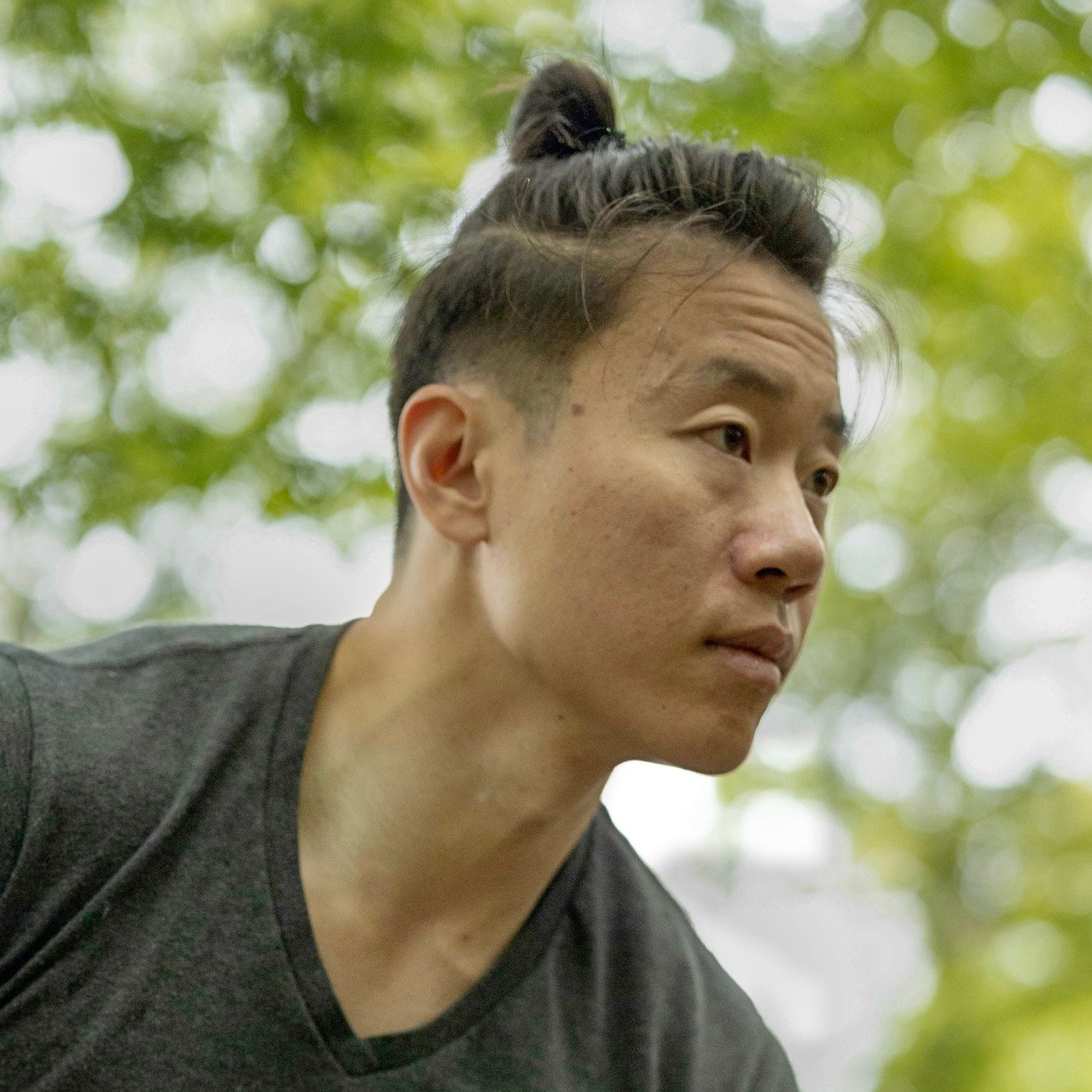Oh hello there,
This is the 48th edition of Making Connections, where we take a random (illustrated) walk down tech, fitness, product thinking, org design, nerd culture, persuasion, and behavior change.
Like what you see? Why not bring someone to the party?
🖼 Fact Or Cap
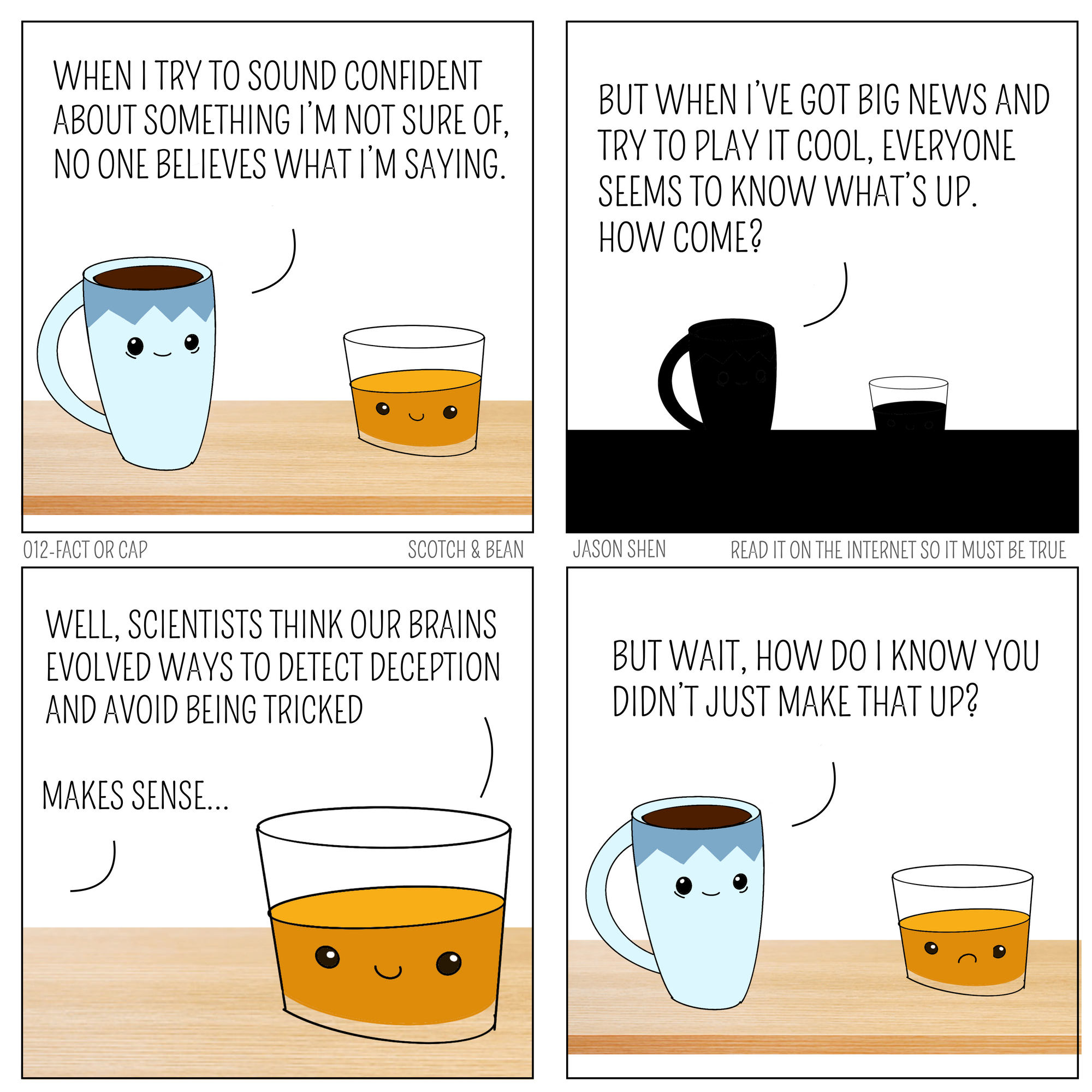
The reason why trusting confident people works (most of the time) is because it’s hard to fake. Which means when someone seems genuinely confident, it either means they really believe it. Or they’re a psychopath.
🧠 The Dangers of Returning from Isolation
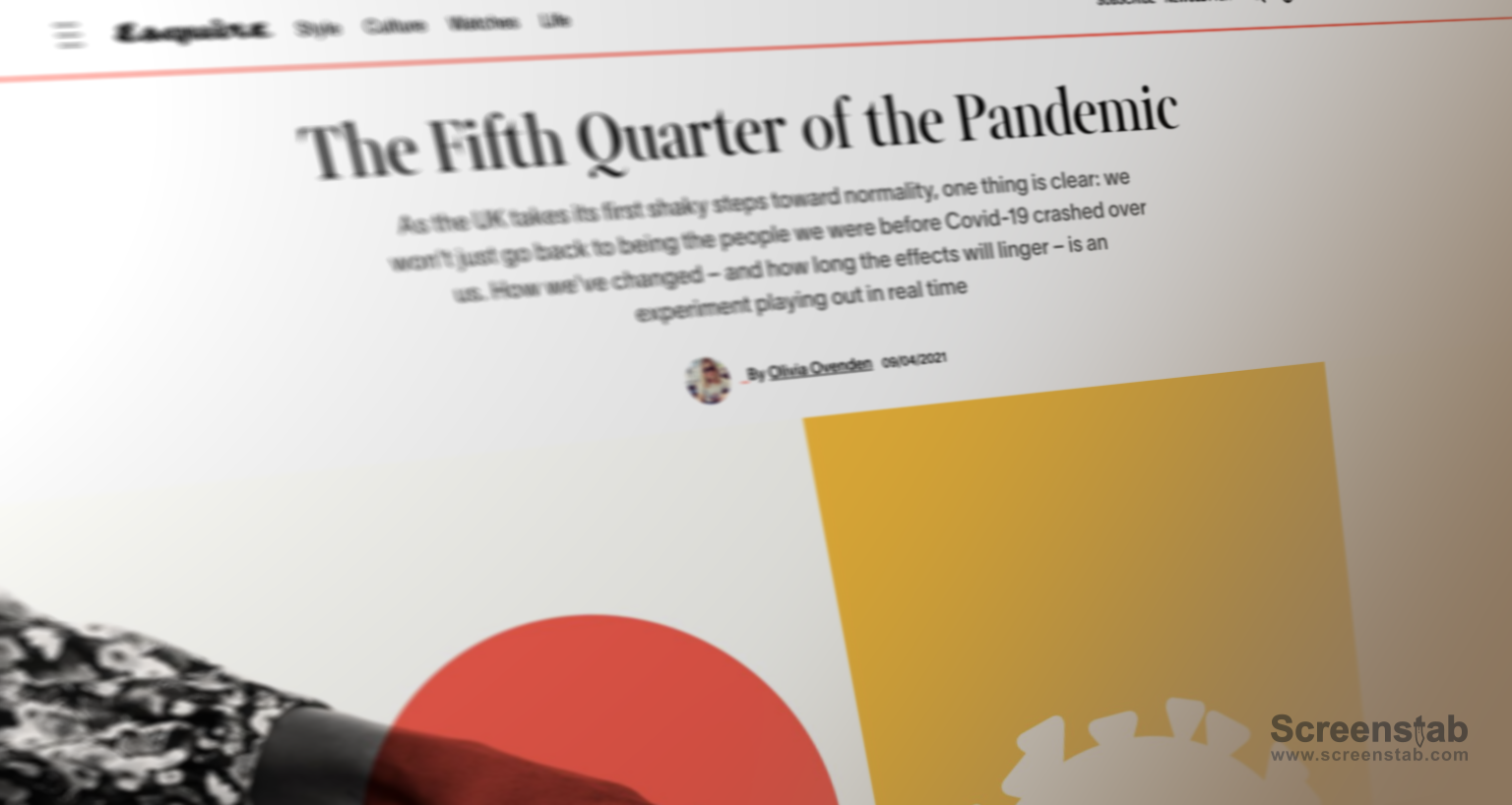
I got my first vaccine dose a few weeks ago (Moderna) and I’m excited to fully vaccinated very soon. Still my employer doesn’t have plans to bring people back to the office till at least September. Which is fine by me. I’ll be traveling with my wife for a bit and I appreciate the flexibility.
But reading this piece on how hard it can be for people to return from isolation made me wonder how quickly, if ever, things will go “back to normal”.
What we're about to experience is referred to by some as 'fifth quarter syndrome': a return to normality that, for some, can be an even tougher transition than the time spent in isolation. In a study of Japanese scientists wintering over in Antarctica, the fifth quarter syndrome is seen as a kind of thawing after returning from the cold, one where "dramatic changes in this wholly novel environment appear one after another" and "adaptation is a continuous process". Subjects reported difficulties re-engaging at work and dips in motivation that lasted as long as a year after re-entering society. Those who'd acclimatised to Arctic conditions most readily found the return home the hardest. As the study's authors put it: "Human society may be harder to adapt to than the Antarctic."
Adapting to change takes time and is hard, especially when it seems like everyone else has got it together And I think going from a smaller, more intimate situation, like a polar lab, a prison cell (referenced in the article) or your apartment, to a wider world can be exceptionally jarring.
“One of the best and most dependable ways that you see violence across animal species is to socially isolate them,” Zelikowsky tells me. She became interested in the subject after seeing that school shooters in America were often isolated, or reported feeling so even if they weren’t physically alone. Her research has isolated a neuropeptide, called Tac2, which builds up in the brain after prolonged isolation. Neuropeptides are chemicals that control the transmission of messages in the brain, and research has shown that when Tac2 rises in the hypothalamus and the amygdala – regions connected to emotional regulation – levels of aggression and fear spike.
This finding is definitely concerning, especially when you consider how solitary confinement is used in prisons - which are often privately operated. If someone becomes more violent and aggressive after prison, that’s a great opportunity to land “a returning customer”. Prisons (and doctors for that matter) should be compensated for outcomes.
Zelikowsky already believes we have already seen signs of these new tensions in the rise in domestic violence during the pandemic, and videos of people scrapping over toilet paper in the supermarket. “There are all kinds of other things that happen when you’re isolated: people are more anxious, there are higher incidences of depression and drug addiction, and overdoses are on the up,” she says. “One could potentially consider that a lot of the recent riots and unrest in America is probably a combination of the political atmosphere but also people feeling alone and pent-up. People’s brains are literally changing due to that period of isolation.”
These findings seem to line up with the spat of gun violence we’ve had over the last few months, including the Atlanta shootings (referenced in MC044) and the recent shooting at a FedEx facility that killed eight people, including four Sikh men1. But then again, mass shootings have been a growing crisis in America long before the pandemic so who knows.
The key may be to counteract the damage before it is done. One of Kjærgaard's focuses is combating the effects of PTSD, and he's found that prevention is at least as important as cure. The greatest protection comes not from post-mission therapies, but when soldiers have social support while they are on duty that continues when they get home. It could be that, by forcing us to maintain connections in novel ways, or even contact friends and family members we might not otherwise have spoken to for months, the mission we’ve been on has been quietly preparing us for re-entry the whole time.
Social connection is as important as sleep, exercise, and nutrition. We can’t just ignore people or socially isolate ourselves and think we’ll just “catch up” later. Ongoing intimacy and warm relationships are a huge buffer for all kind of external shocks.
Read the whole thing: The Fifth Quarter of the Pandemic: Who Will We Be When This Ends? (Esquire UK)
👉 Screenstab - snazzy looking screenshots
Screenshots. We use them to represent stuff on our screen. Sometimes just taking a flat snap is good enough. But when you want to put some pizazz into your pic, then try Screenstab.
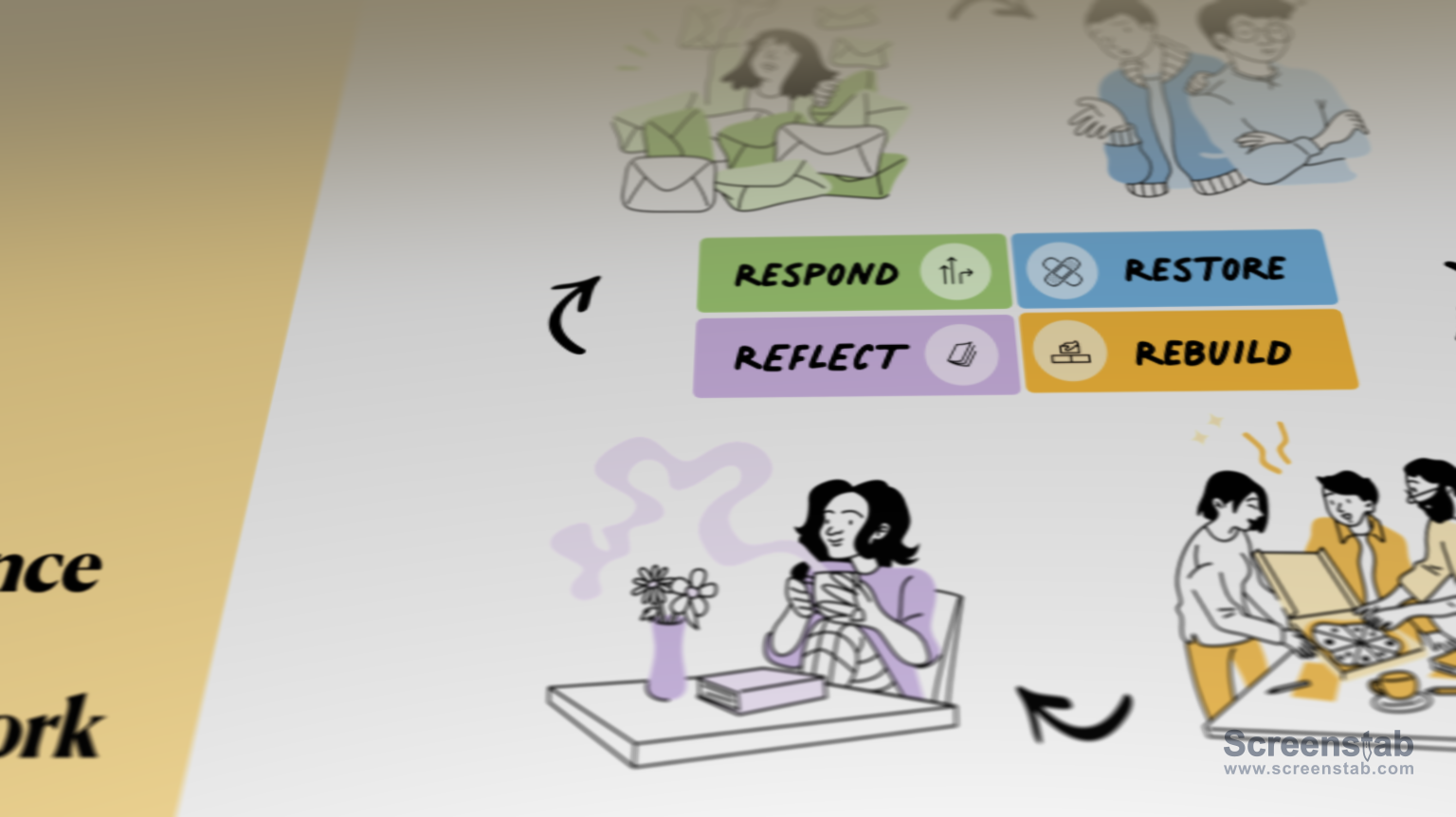
It’s a free tool that let’s you put a tilt-shift on your screenshot, making it seem more real and giving it visual dynamism. It’s how I made the Esquire screenshot in the previous section.
ScreenStab - Turn ordinary screenshots into beautiful image assets within seconds
-J
👨🏻💻 About Me
Jason Shen is an entrepreneur and business leader passionate about technology and human resilience. His past startups have reimagined transportation, recruiting, and gaming; backed by notable investors at Y Combinator, Techstars, and Amazon. As an operator, he’s built products and led teams at companies like Facebook, Etsy, and the Smithsonian.
Jason has written about productivity, resilience as well as the future of work in publications like Fast Company, Vox, TechCrunch and has spoken at events at TED, Google and The White House where his ideas have reached millions. He lives in Brooklyn with his wife, two kettlebells, and many piles of books.
In fact we’ve had 45 mass shootings (as defined by having 4 or more people shot) between these two dates: https://www.cnn.com/2021/04/16/us/mass-shootings-45-one-month/index.html
